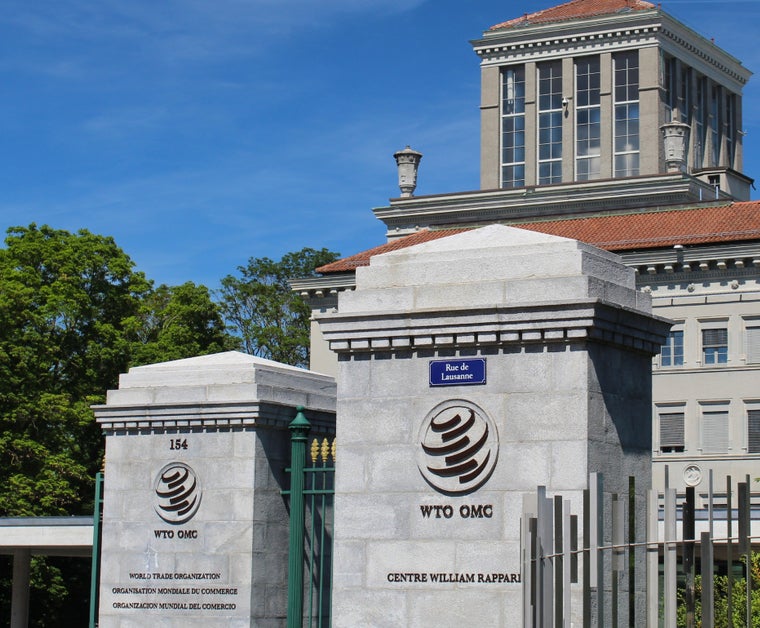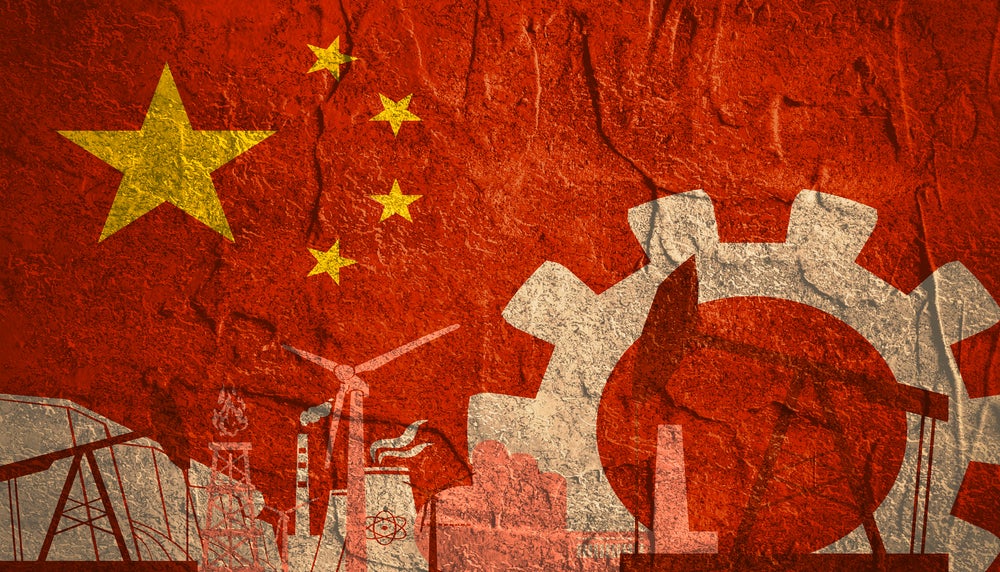Two months after a near-complete absence of tangible accomplishment at the World Trade Organization’s Ministerial Conference in Abu Dhabi, new life is convulsing the beleaguered global rule-making institution. It may herald deep and long-term shifts in how WTO business is conducted and could, in turn, lead to a renaissance of the organization.
Since MC13 concluded in early March, members’ exasperation with the multilateral body’s paralysis in advancing global trade policy has been mounting.
India, which has consistently been among the handful of members regularly blocking progress on a wide range of negotiations from e-commerce to fisheries subsidies, was the target of harsh criticism at the post-MC13 General Council, the WTO’s highest decision-making body.
In late April, negotiations among 90 members – a subset of the WTO’s full membership of 164, soon to be 166 – have moved swiftly to establish new global rules for digital trade.
The WTO has been woefully behind the times on the development of rules for digital trade. But the 90-member group’s negotiations in April appear close to delivering a deal that the full WTO membership could not – so close that a deal could be struck as soon as July, members say. Its scope may not be all that some had hoped for, but the emerging deal would be a meaningful not least because, among this subset of WTO members, a long-sought prohibition on the application of customs duties on electronic commerce transmissions would be made permanent.
In recent weeks, movement toward this prize has picked up steam as proponents increasingly embrace the reality that the future of the WTO hinges on whether countries can move ahead on issues where there is broad support, even if other members stridently object.
This concept, also called plurilateralism in contrast to the usual decision-by-consensus multilateralism, has been many years in the making but remains controversial. In 2017, large majorities of members at the Ministerial Conference in Buenos Aires endorsed a model known as the Joint Statement Initiatives (JSI), in which interested members discuss and negotiate deals in issues like electronic commerce, investment facilitation, services regulation, help for smaller companies to trade, and women’s economic empowerment. Frustration over the obstructionist tactics taken by some members, notably India and South Africa, that had for decades stymied multilateral progress on global trade issues, had reached boiling point among these smaller subsets of members. Proponents of the plurilateral approach were anxious to try something unconventional.
|
05/07/2024 | Keith M. Rockwell | Hinrich Foundation |
|
Over the past decade, international trade has become an increasingly contentious political issue in both the United Kingdom and the United States. Departing from a postwar consensus in favour of liberalising trade, both countries have embraced a more ambiguous and complex attitude towards the issue. Neither country has embraced outright protectionism, but both have sought to manage and redirect trade and investment flows. By doing so, they have moved away from an approach to trade which focuses on maximising economic growth and towards one which involves a blend of political and national security considerations.
As both countries approach their next national elections, it is time to take stock of these trends and to consider how they might develop further in the coming years. As a struggle is underway to rewrite the rules of the international economy in regions like the Indo-Pacific, choices taken in Washington and London will have far-reaching impact. At stake are the standards of living, environmental protections, and labour rules affecting billions of people around the world.
The new trade policy
For different reasons, both the UK and the US have moved away from a pure emphasis on economic efficiency in their recent trade policy.
Although supporters often claimed that Brexit was a free trade measure designed to increase the UK’s economic opportunities abroad, its main practical effect has been to make trade between the UK and its largest export market more difficult. This negative effect on trade with the European Union was supposed to be offset by the UK’s ability to negotiate its own free trade agreements with third countries. The results of this were uncertain at the time of Brexit and have mostly proved to be disappointing since. This has particularly been so in the case of a US-UK trade agreement, which many supporters of Brexit touted as a major goal. In effect, Brexit has meant sacrificing a measure of future economic growth in order to “take back control” of other policy areas from Brussels.
Over roughly the same period, the US has also backed away from its past support for a liberalising trade agenda. President Trump famously started a trade war with China and pulled out of the Trans Pacific Partnership (TPP), a sweeping free trade agreement covering much of the Pacific rim. But his successor President Biden has proven to be sceptical of trade as well, imposing new economic sanctions on China, declining to rejoin the TPP, and announcing that expanding market access is no longer a priority of US trade policy.
|
Foul Play? On the Scale and Scope of Industrial Subsidies in China |
The following are excerpts from a policy brief published last month by Kiel Institute for the World Economy.
Green technologies are increasingly at the center of international trade and technology policy. The Chinese government has recognized the future importance of such technologies and the related industries early on and is particularly active in this area. China has become a world leader in photovoltaics and battery cell production and is trying to do the same in electric vehicles, railway rolling stock and wind power. Subsidies are a key instrument in the Chinese government’s strategy to support the development of these industries. The massive subsidization of Chinese companies has led to fierce criticism in the West, however.
The European Commission accuses the Chinese government of distorting competition with subsidies for electric cars and has launched an investigation into public support for electric cars in China. The President of the European Commission Ursula von der Leyen said in her “State of the Union Address” that global markets were being “flooded with cheaper Chinese electric cars,” posing a possible threat to the European Union’s fledgling and promising electric car industry. The anti-subsidy investigation is therefore intended to determine whether manufacturers of battery electric vehicles (BEV) in China benefit from countervailable—i.e., specific and advantageous to the receiving companies—subsidies and whether these are causing or threatening to cause economic damage to BEV manufacturers in the European Union (EU)…
…The very comprehensive and opaque Chinese subsidy system blurs the difference between domestic subsidies which do not distort trade and subsidies intended to help domestic companies to conquer export markets and thus are trade distortive. Two trading partners stand out, here, as the most important export markets for China, the US and the EU. Each of the two has its own agenda when it comes to dealing with China. The US has set the agenda with a plethora of legislative acts to enforce the “produce in America” strategy. The Inflation Reduction Act is the quantitatively largest one and supports the rise of local content in US non-fossil manufacturing through producer and consumer tax credits. In addition, BEV imported from China face a hefty import tariff of 27.5%. Hence, a trade and tech war with China trying to decouple the country from state-of-the-art IT technology is envisaged by the US through, e.g. restricting high tech exports to China and screening US foreign direct investment in China on risks of losing technology superiority…
…In our view, there is a case in favor of driving forward the current EU proceeding against BEV imports from China, and to use the information obtained in this proceeding and the pending decision to enter into negotiations with the Chinese government and to try to persuade it to abolish some the Chinese support measures that are particularly harmful to the EU industry. Given the current weak macroeconomic situation in China, the focus of China’s government on its political conflicts with the US and, at the same time, the relative strength of China’s green product industries, we believe that there is currently a realistic chance for such negotiation to be successful.
|
|





